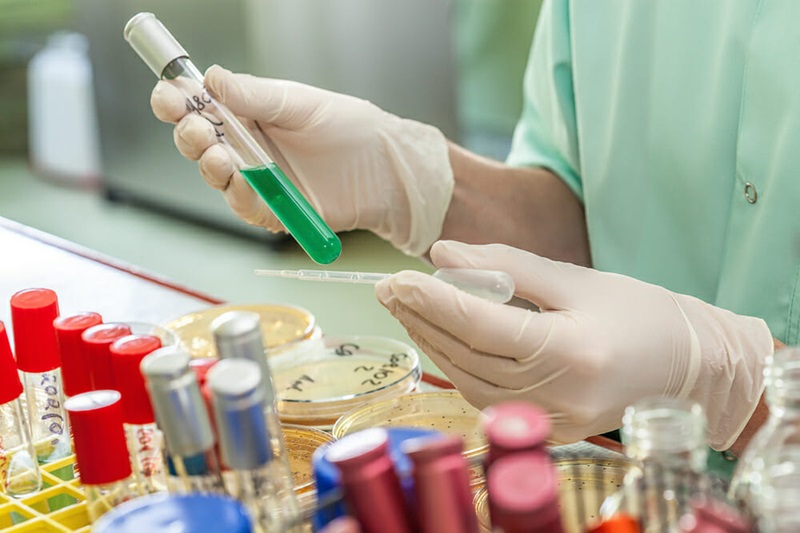Workplace safety is a critical aspect of any organisation, impacting not only the wellbeing of employees but also the overall productivity and reputation of a business. To ensure a safe and drug-free environment, many companies now implement comprehensive drug testing policies. Saliva drug testing has emerged as a popular method due to its non-invasive nature and quick results. Understanding the essentials of saliva drug testing can help employers promote health and safety at work.
The Rise of Saliva Drug Testing in Workplaces
Saliva drug testing is preferred over other methods because it’s less intrusive than blood tests and provides faster results than urine tests. Employers use saliva drug tests to screen for the presence of drugs such as cannabis, cocaine, opiates, and amphetamines. Its immediacy allows for quick decision-making when it comes to the safety of operations that involve machinery, driving, or any task requiring acute alertness.
How Saliva Drug Testing Works
A saliva drug test is conducted by collecting a sample of saliva from the individual’s mouth, which is then tested for traces of drugs. The testing process can detect recent drug use, typically within the previous 24 to 48 hours. This short window of detection makes saliva tests particularly useful for post-accident investigations and reasonable suspicion testing in the workplace.
Choosing the Right Saliva Drug Test Kits
When selecting saliva drug tests for workplace testing, quality and reliability should be of utmost importance. Employers can buy online saliva drug test kits that meet rigorous standards and are easy to use. These kits usually come with step-by-step instructions, ensuring that the tests can be administered by supervisors or health and safety officers with minimal training.
Implementing a Drug Testing Policy
A strong drug testing policy acts as a deterrent for drug use within the company. It clearly outlines the circumstances under which employees may be tested and the consequences of a positive result. This policy should be communicated to all employees and should emphasise the company’s commitment to safety and adherence to legal requirements.
Conducting Drug Testing: Legal Considerations
When implementing any drug testing procedure, employers must be cognizant of legal guidelines. The drug testing policy should comply with privacy laws, employment laws, and human rights acts, ensuring that the rights of employees are respected while maintaining workplace safety.
The Role of Training in Drug Testing
Effective training is paramount for personnel involved in administering drug tests. This includes understanding the correct procedure for conducting saliva tests and interpreting results accurately. Consistency in training helps to reduce the margin for error and protects both the employee’s and the company’s interests.
Supplementing Drug Tests with the Right Tools
Aside from the saliva drug test kits, laboratories conducting confirmatory tests often require additional tools like filtered pipette tips to ensure accuracy and prevent contamination during the testing process. These laboratory essentials contribute to the reliability of the results, providing an added layer of surety in the drug testing protocol.
Drug Testing for New Recruits
Drug testing is not only for existing employees but is also a crucial step in the recruitment process. A Pre Employment Drug Test kit allows employers to gauge if potential new hires engage in drug use before they become part of the company. Incorporating drug tests in pre-employment screening can help establish a clean slate for every new employee, contributing to a safer workplace from the onset.
Ensuring Accurate Results in Drug Testing
For saliva drug test results to be deemed reliable, the testing process must be carried out accurately and under suitable conditions. This includes preventing any form of tampering or adulteration of the sample. It also entails proper storage of the saliva samples and test kits, as well as accurate record-keeping for every test conducted.
Privacy and Confidentiality in Drug Testing
Privacy is another significant consideration. Employees must be assured that the results of their drug tests are handled with the utmost confidentiality and are used strictly for the purposes of maintaining workplace safety and compliance with the company’s drug and alcohol policy.
The Impact of Drug Testing on Workplace Culture
While the primary reason for drug testing is to ensure workplace safety, there’s an added benefit of contributing to a culture of accountability and health. Employees who know their employer values a safe working environment may feel more positive about their workplace and are likely to be more productive.
Overcoming Challenges in Drug Testing
Though saliva drug testing has many advantages, it is not without its challenges. Sometimes, there may be disputes over the results, or concerns about the violation of rights. It takes a well-constructed policy, professional implementation, and transparent communication to mitigate these challenges effectively.
Conclusion
Saliva drug testing is an essential component of modern health and safety protocols in the workplace. By choosing the proper kits, upholding legal and ethical standards, and maintaining a clear and fair policy, employers can ensure that their work environment remains safe for everyone. Furthermore, when complemented with additional laboratory tools and a firm commitment to privacy, the process supports a culture of safety and respect throughout the organisation.
In adopting drug testing policies and procedures, employers are not only protecting their workforce but also contributing to the more significant effort of reducing drug-related incidents in society. Saliva drug testing, as a strategic approach to maintaining a drug-free workplace, exhibits how a diligent investment in safety can lead to a healthier and more productive work environment.
By understanding the essentials of saliva drug testing covered in this guide, employers can effectively safeguard their most valuable asset – their employees – while strengthening their organisation’s stance on workplace safety.



